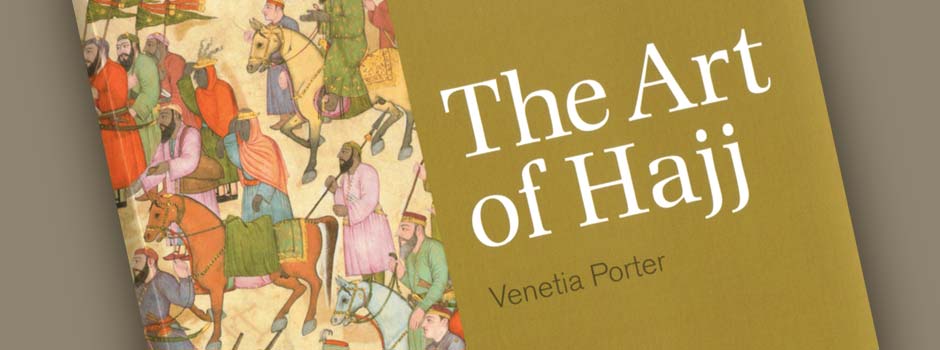
BOOK REVIEW The Art of Hajj by Venetia Porter
Jul 04, 2012 Book Review

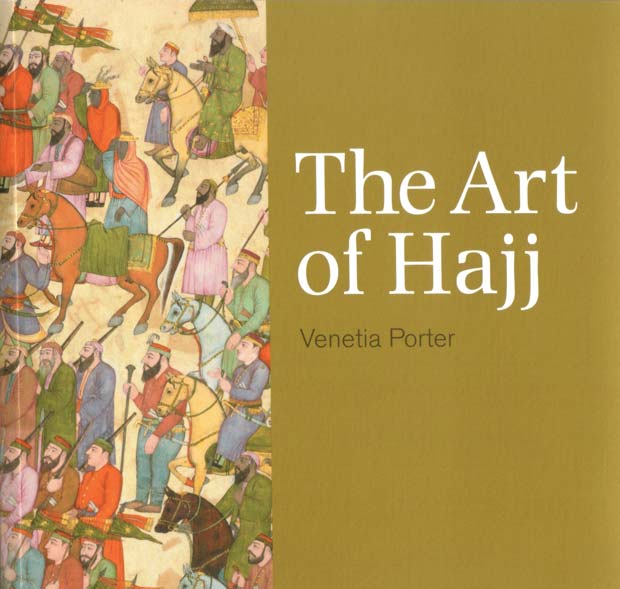 The Art of Hajj by Venetia Porter
The Art of Hajj by Venetia Porter
The Art of Hajj is the most eloquent and straightforward book linked to a major art exhibition that I have come across in a long time. As it suggests on the cover, it takes the reader ‘on a journey’ through the Hajj ritual. This is not a slow, meandering journey undertaken by medieval Hajj travelers, but a quick, modern-day flight.
‘The Hajj: Journey to the Heart of Islam’ exhibition took place at the British Museum this year. It was curated by Venetia Porter, curator of the Islamic and Contemporary Middle East Department, author of ‘The Art of Hajj’. This is not a collection of academic essays on art, such as those contained in the large exhibition catalogue that was published at the same time. It is a small and beautifully set out book that focuses on key objects in the Hajj exhibition.
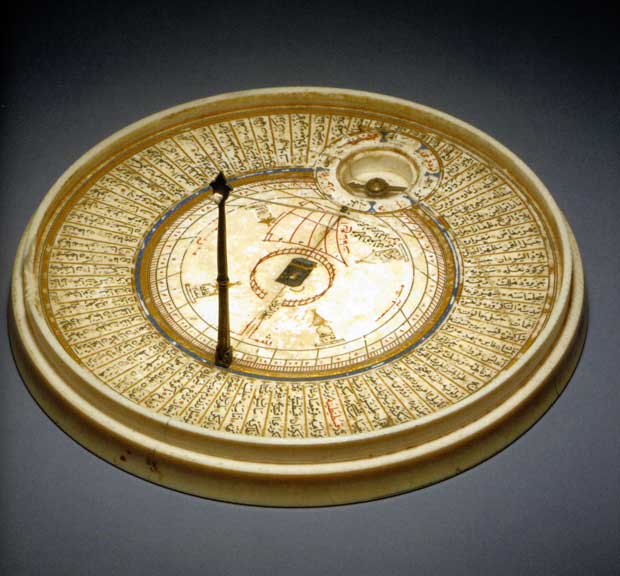 Qibla indicator and sundial, Ottoman Turkey, 1582, Painted ivory, 11 cm diametre, British Museum, London. This instrument was used for finding the directoion of Mecca (qibla). The smaller dial is a sundial to tell the time for afternoon prayers. / Courtesy of British Museum, London
Qibla indicator and sundial, Ottoman Turkey, 1582, Painted ivory, 11 cm diametre, British Museum, London. This instrument was used for finding the directoion of Mecca (qibla). The smaller dial is a sundial to tell the time for afternoon prayers. / Courtesy of British Museum, London
Hajj, as the book explains, is the important journey to Mecca ‘the heart of Islam,’ that all Moslems should undertake at least once in their lives. In ‘The Art of Hajj’, Porter divides the Hajj experience into seven parts and groups the objects into each of these parts: Mecca, the focus of Hajj; the journey that Hajjis must make; the different parts of the blessed city itself; the prayers and rituals that pilgrims must perform; the various textiles used within this; the city of Medina, that most Hajjis also visit; and their homecoming, after this important Hajj journey.
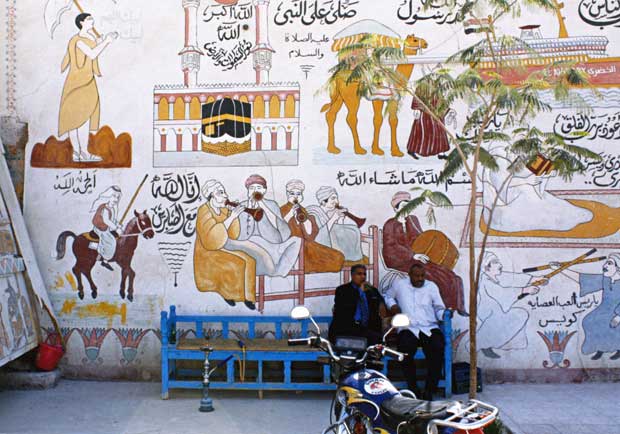 Courtyard of a house, photograph by Khaled Hafez, 2009. The mural depicts part of the Hajj pilgrimage with verses from the Qur'an / Courtesy of British Museum, London
Courtyard of a house, photograph by Khaled Hafez, 2009. The mural depicts part of the Hajj pilgrimage with verses from the Qur'an / Courtesy of British Museum, London
Using a map at the start of the book and countless objects, textiles and manuscripts, Porter maps the Hajj, showing its survival over the centuries. She starts each chapter with a Quranic or medieval quote, introduces the theme briefly, in no more than a page and then illustrates and expands on it with key objects. Her prose is clear and concise, much like a formal slide lecture, where the pictures are varied and priority is given to the objects that Porter has chosen, rather than the explanatory text. Thus, the high quality pictures are given centre-stage.
Porter has chosen the most relevant objects from the exhibition and allows them to speak. In the book, she includes contemporary art, such as the visually striking ‘Magnetism’ by Ahmed Mater (2011) and photographs such as ‘Hajj’ by Newsha Tavakolian (2009). In this way, Porter illustrates that the Hajj is historical but not out-dated. The Hajj, as we can see through photographs of Egyptian street murals is a living tradition.
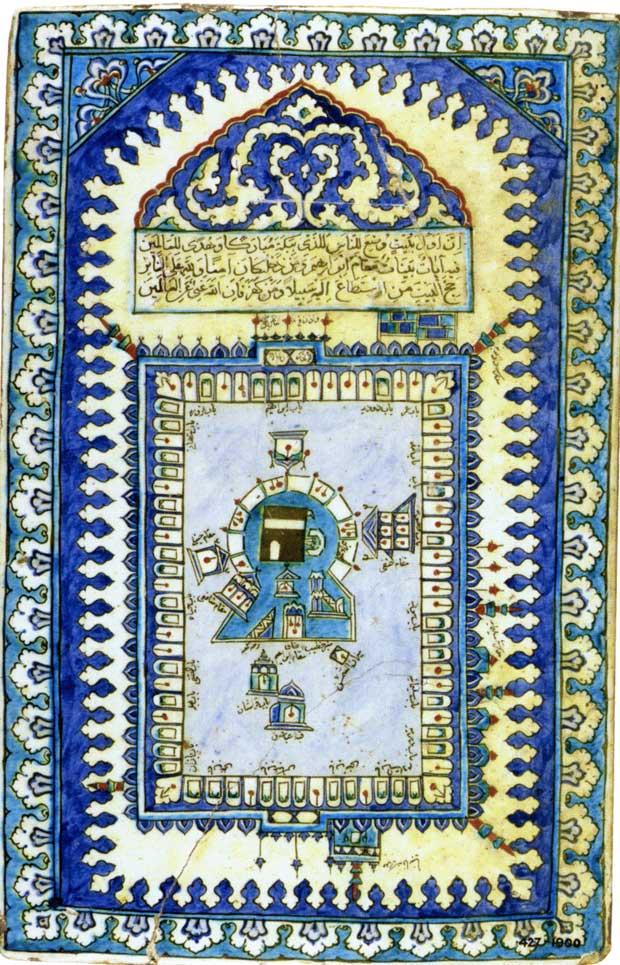 Tile depicting the sanctuary in Mecca. Ottoman Turkey, mid 17th century, Stonepaste, underglaze painted, 61 x 38 cm, Victoria and Albert Museum, London. This tile shows the Ka'ba and includes the Qur'anic verse that underlines its importance in the Hajj pilgrimage / Courtesy of British Museum, London
Tile depicting the sanctuary in Mecca. Ottoman Turkey, mid 17th century, Stonepaste, underglaze painted, 61 x 38 cm, Victoria and Albert Museum, London. This tile shows the Ka'ba and includes the Qur'anic verse that underlines its importance in the Hajj pilgrimage / Courtesy of British Museum, London
In this electronic, Internet age, I wonder whether a beautiful, inspiring, little square book such as this might not replace larger exhibition catalogues!
Comments
Add a comment